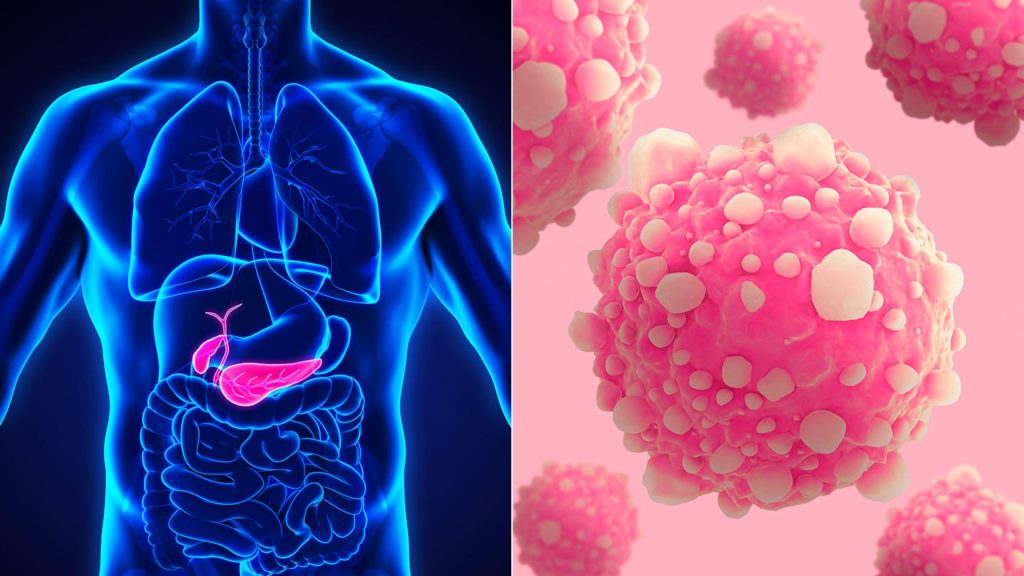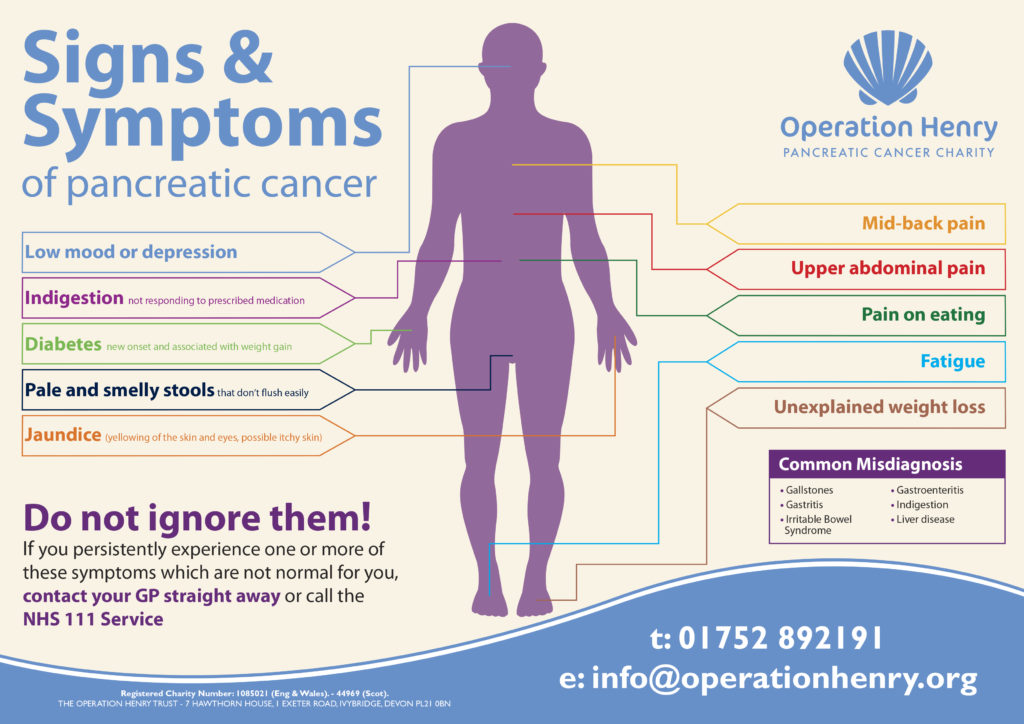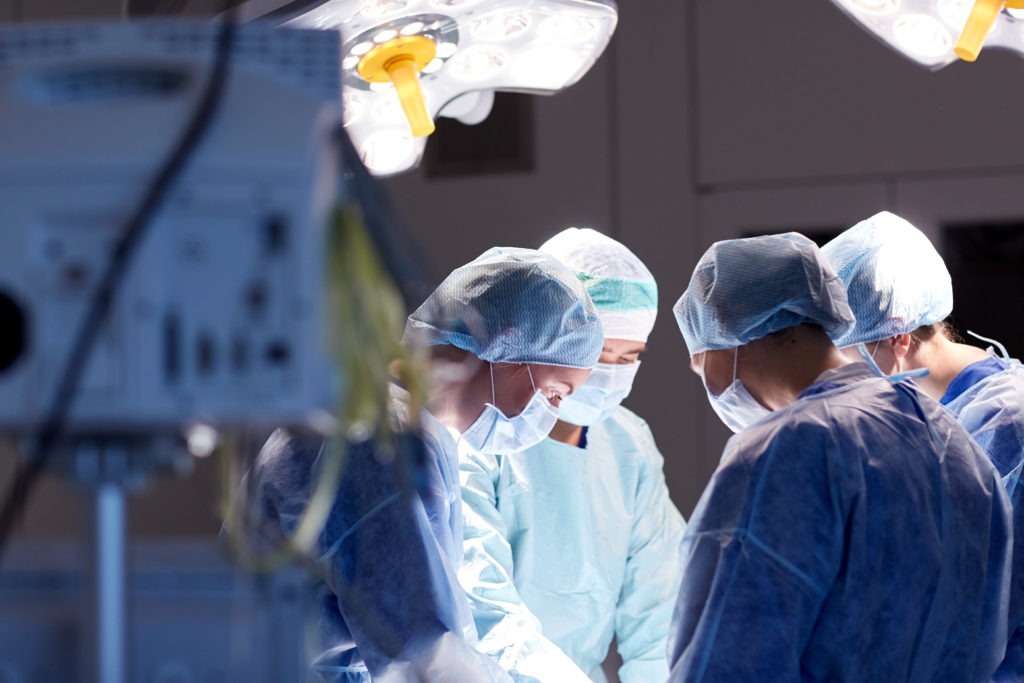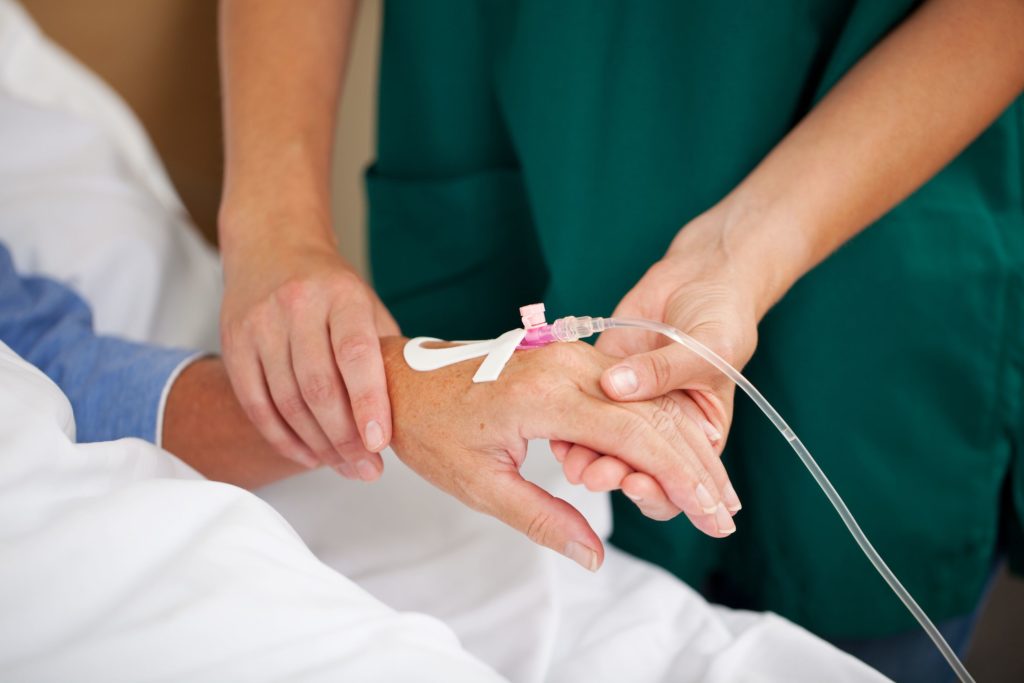Pancreatic cancer is one of the most lethal and aggressive forms of cancer. This type of cancer occurs when cells in the pancreas start to multiply out of control and form a mass. Tragically, these cells then have the ability to attack other parts and organs in the human body.
Pancreatic cancer has a great number of types. Amongst those, the most common is pancreatic adenocarcinoma, which accounts for 85% of the cases. Sometimes the term „pancreatic cancer” is used to refer only to this type. Between 1% and 2% of the cases of the disease are the so called neuroendocrine tumours, which are generally considered to be a less aggressive form of this certain type of illness.
The usual symptoms of pancreatic adenocarcinoma may be yellow skin (70% of patients show the symptom), abdominal or back pain, unexplained weight loss, loss of appetite and dark coloured urine. The symptoms, that would be easy enough to identify, usually cannot be discovered until a more advanced stage of the disease. For that specific reason, by the time one is aware of the illness, the disease is likely to have attacked other parts in the body.
Pancreatic cancer is not likely to appear before the age of 40.When it does appear it generally shows up in people who have already reached or have gone beyond the age of 70. Even though we are not sure what causes pancreatic cancer, scientists and doctors claim, that tobacco smoking, diabetes and obesity are all huge risk factors, which contribute to the appearance on this terrible disease. The estimated numbers in connection to tobacco smoking are 25% and 5-10% of the cases are linked to inherited genes.
The disease is usually detected by ultrasound, computed tomography, biopsy and/or blood test results. As many diseases, this one has its division of stages too. It has stages from the so-called „early stage (Stage I) to „late stage” (Stage IV).
Because of the illness being able to remain unseen until a very late stage, screenings of population have not proven effective. Not surprisingly, the risk of pancreatic cancer is lower amongst those, who keep their red and processed meat intake lower, have a healthy body weight and lack smoking. Interestingly a smoker’s chance drops instantly as he/she stops smoking and returns to that of the rest of the population in approximately 20 years.
According to a study, dating back to 2012, found, that pancreatic adenocarcinoma was the seventh most common cause of cancer deaths, which means that more than 330000 people passed away due to this form of disease in the recorded year. The illness generally occurs in the developed world and its prognosis is a very poor one. The chance of survival is incredibly low. After diagnosis, only 25% live for around one year. Only mind-bogglingly low, 5% have the chance to live for 5 years.
For cancers that were diagnosed early, the 5-year survival chances increase to around 20%. Neuroendocrine cancers tend to have a slightly better outcome, as patients diagnosed with this certain form have chances for a 5-year survival up to 65%.
Treatments
Treating pancreatic cancer is actually very difficult. Based on one’s age, health, type of cancer, and of course, the stage of the disease, treatments may vary.
Surgery
When the options come down to surgery, the patient naturally has to take into consideration, that when attempting it, the risk increases, since cardiovascular and other health issues can influence the outcome of the surgery. But since, it is usually the only way to cure pancreatic cancer completely, it is generally worth trying, unless the tumour has wrapped itself around blood vessels, because then the dangers of the operation may outweigh the benefits of it.
Chemotherapy
Chemotherapy is a form of cancer treatment that uses anti-cancer medicines. These medicines are used either to kill the cancerous cells or to stop them multiplying. Chemotherapy is often used alongside radiotherapy and surgery. It may be prescribed before surgery to shrink the cancer or after surgery to reduce the risk of it coming back. The case is quite the same when surgery is not a considerable option. Unfortunately, this type of treatment has some severe side effects since it also attacks healthy parts of the body. These include vomiting, loss of hair all over the body, fatigue, nausea and increased risk of infection. Some chemotherapy drugs can be taken intravenously, some can be taken orally.
Radiotherapy
Radiotherapy is a form of treatment when the patient recieves high energy-beams of radiation to help shrink the tumour. The side effects of radiotherapy are more or less similar to the side effects of chemotherapy since vomiting, nausea loss of appetite and fatigue are the most common ones. As well as the side effects of chemotherapy, these are only temporary and should improve after the treatment is completed.
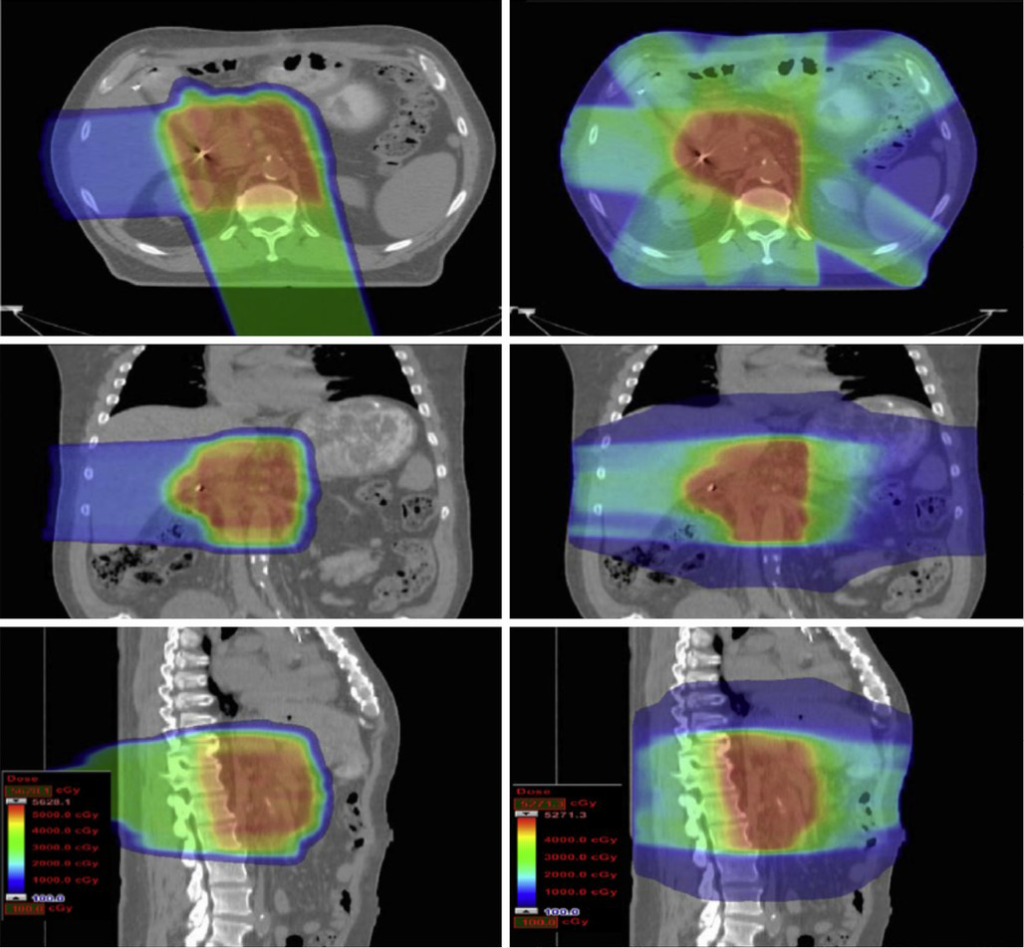 A passively scattered proton plan is seen on the left and an intensity-modulated X-ray therapy plan is seen on the right for a patient receiving postoperative radiotherapy for pancreas cancer. In the proton plan, 75% of the dose is delivered through a posterior field that irradiates the tumor bed but does not exit into the small bowel. The remaining dose is delivered through a right lateral field that irradiates the tumor bed but does not exit into the stomach.
A passively scattered proton plan is seen on the left and an intensity-modulated X-ray therapy plan is seen on the right for a patient receiving postoperative radiotherapy for pancreas cancer. In the proton plan, 75% of the dose is delivered through a posterior field that irradiates the tumor bed but does not exit into the small bowel. The remaining dose is delivered through a right lateral field that irradiates the tumor bed but does not exit into the stomach.
As mentioned earlier, there is not enough evidence to safely assert that certain types of food and methods that could potentially prevent pancreatic cancer. However, some studies show that the consumption of fruits, vegetables, whole grains, while keeping red and processed meat intake low, may prevent or reduce pancreatic cancer. Maintaining a healthy weight can also contribute to preventing pancreatic cancer for the pancreas plays a highly crucial part in digestion and homeostasis. Last but not least, visiting the doctor and having ourselves checked on a regular basis is necessary to prevention.
Source:
https://www.cancer.gov/types/pancreatic/patient/pancreatic-treatment-pdq
http://www.webmd.com/cancer/pancreatic-cancer/

